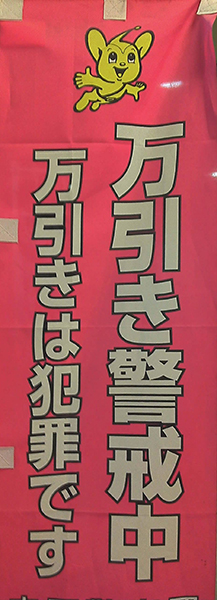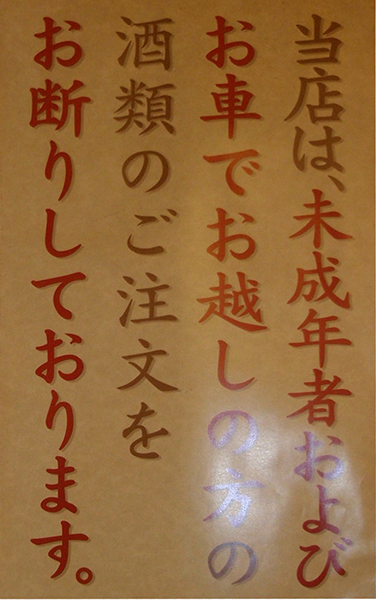62. The "Tasseled Spear" Radical: 戈
With 戈, the "tasseled spear" radical, questions arise. How threatening could a spear have been with fringe hanging off it? Why is a spear at the heart of characters for "I," "play," and "relatives"? And how does this radical relate to 矛 (radical 110: "spear")? I can't answer the first question, but we'll sort out the other two, taking the last one first!
The Names of 矛 Versus 戈
To avoid the confusion of having two "spear" radicals, we'll call 戈 "tasseled spear" (Nelson's nickname for it), reserving "spear" for radical 110.
Essay 1843 on 矛 (long-handled Chinese spear; halberd) explains that 矛 represents a weapon that is strictly Chinese-style, a spear with a long handle and a pointed tip. By contrast, 戈 once symbolized a weapon resembling a hooked ax. In combat, you would use the hook to stab the enemy and drag him closer to you! Later, 戈 also stood for a forked spear.
As I wrote in essay 1843, the 矛 radical goes by two Japanese names: むのほこ or, if it’s on the left, ほこへん.
Simply calling that radical ほこ is possible but unwise because radical 62 can have the same name, as can the non-Joyo autonomous kanji 戈:
戈 (カ, ほこ: halberd; arms; festival car; float)
Those definitions are Nelson’s. Breen instead defines the 戈 kanji as “ancient Chinese dagger-axe.”
To refer clearly to the 戈 radical (as opposed to the 矛 radical), the Japanese draw on both yomi of the 戈 kanji:
かのほこ
That name applies to the radical in this kanji:
成 (515: to become; form, constitute; established; achieve, succeed; mature; perform an action deliberately)
Our radical is also on duty in six more Joyo characters:
戦 (526: war, fight; game)
我 (817: I; self; ego)
戒 (1060: caution; commandment; to bind)
戯 (1138: play)
戚 (2043: relatives)
戴 (2061: to receive; eat; drink; get someone to do something; wear on one's head)
Two alternate names work in those situations:
ほこづくり
ほこがまえ
We know the origin of the ほこ. Both -づくり and -がまえ are radical position names:
-づくり, Position 2, is for a radical on the right side of a character
-がまえ, Position 5, is for an enclosing element
On briefly inspecting the list of six, I figured -づくり would suffice each time. Then I realized that the horizontal stroke in 戈 extends the width of two characters—namely, 戒 (1060: caution) and 戚 (2043: relatives)—turning our radical into a -がまえ, an enclosure. (To know more about these names, see Radical Terms and read the "Radical Positions" section.)
Thanks to the clear renderings of the kanji in the following photo, we can see how the horizontal stroke of 戈 spans 戒 (1060: caution), nearly grazing the 廾:

Photo Credit: Lutlam
If not for the clarity here, one might easily think that 戒 broke down as 开 + 戈.
In this sign, a police mascot called ピーポくん cautions against shoplifting:
万引き警戒中
Looking out for shoplifting
万引き* (まんびき: shoplifting);
警戒中 (けいかいちゅう: looking out)
万引きは犯罪です
Shoplifting is a crime
犯罪 (はんざい: crime)
At the root of 警戒中 lies 警戒 (けいかい: vigilance; precaution; watch; lookout; alertness).
Three Similar Halberd Shapes
Henshall has tucked away valuable information in an unlikely spot. That is, in his etymology of 戚 (2043: relatives) in his newer edition, he offhandedly mentions that the bronze form of that character includes 戈 (halberd), that the seal form instead has 戉 (large-bladed halberd), and that the latter shape predominantly changed to 戊 ((type of) halberd) in block script.
He comments, "Since 戈, 戉, and 戊 all represent types of halberd, the modest differences in shape and nuances of meaning ... are not significant in explaining the original meaning of ... 戚, though they are of relevance in explaining the different stages of its graphic evolution."
I agree that the various shapes don't provide penetrating insight into 戚, but that's missing the point. To me it's not only intriguing that the ancient Chinese needed to symbolize each style with such granularity but also fascinating that all three shapes are still discernible in Joyo kanji:
• 戈 is in 戦 (526), 我 (817), 戒 (1060), 戯 (1138), and 戴 (2061)
• 戊 is in 成 (515) and 戚 (2043)
• 戉 is a component in 越 (1021: to cross over)
When we take these three halberd shapes together, we see our radical at various stages of evolution, just as the multicolored layers in a canyon wall represent different geological eras!
A photo with a regrettable reflection serves as a great example. This sign at an Osaka-area izakaya (pub) features two instances of our radical, each time with different halberd styles. The rightmost column contains 戊 in 成 (515: to become), and next to it lies 戉 in 越 (1021: to cross over):

Photo Credit: Eve Kushner
From right to left, here's what the sign says:
当店は、未成年者およびお車でお越しの方の酒類のご注文をお断りしております。
This restaurant refuses to serve alcohol to minors and to people who arrived in cars.
当店 (とうてん: this restaurant); 未成年者 (みせいねんしゃ: minors); および (and); 車 (くるま: car); お越し (おこし: coming); 方 (かた: person); 酒類 (しゅるい: alcoholic drinks); 注文 (ちゅうもん: order); 断る (ことわる: to refuse)
How can they know who drove there? And doesn’t the wording misleadingly suggest that they also won’t serve those who were passengers in cars?
By the way, both お越し and 方 are instances of honorific language.
Strangely, my sources don't treat 戊 and 戉 as variants of the four-stroke 戈 radical.
Note that another radical slightly resembles 戈 but bears no relationship to it:
弋 (radical 56: "ceremony")
Etymologies: Expected and Surprising
For all seven kanji that I have classified under radical 62, Henshall (the source of all etymologies below) says that the radical means "halberd." That certainly makes sense for this bellicose character:
戦 (526: war, fight; game)
In fact, this character once contained two stacked halberds, both shaped like 戈. The phonetic 単 may have represented a "forked weapon" but could have symbolized "shield" here. Most scholars feel that it phonetically conveys "fight," yielding the overall sense "fight with halberds," later generalizing to "fight; war."
We find more war symbolism in this etymology:
戒 (1060: caution; commandment; to bind)
The shape depicts two hands holding up a halberd or something similar (a “dagger-ax," according to one Chinese researcher). Researchers interpret 戒 as meaning “watch out, holding halberd up with both hands” and hence “be on guard, take care,” which extended to “warn (someone); admonish.”
Henshall's explanation of our radical's role in 成 (515: to become) is unsatisfying; despite containing a halberd, the character represents a tool for cutting or woodworking.
And his etymology of 戴 (2061: to receive) confuses me, indicating that the part enclosing 異 is a "variant halberd," one that serves here as the phonetic. So our radical isn't truly on duty in 戴?! Most of my sources say it is, though Breen calls that the "old" radical, indicating that 十 (radical 24: "cross") is the current classification. Meanwhile, Spahn has this character under 田 (radical 102: "rice field"). I'll keep 戴 under radical 62.
Here are the most compelling surprises in the group of seven:
我 (817: I; self; ego)
Some see this as the pictograph of a “rough halberd.” Others perceive the shape as a “halberd with decorative tassels … attached." The tassel component phonetically conveys “kill,” so the whole character means “kill with halberd." Henshall calls the “I, my” definitions loan usages. That's quite a leap!
戯 (1138: play)
One old version of this character includes our “halberd” radical with a phonetic meaning “type of old porcelain/ pottery vessel.” The phonetic may convey “rough and unrefined.” If so, the whole character means “roughly-made halberd, for play.” However, the phonetic might instead express "perform a task," yielding “military practice before battle” as the overall sense.
戚 (2043: relatives)
I've mentioned that the shape of the halberd radical in this character has changed over time and has taken all three forms that we've explored. The part inside the radical may represent another type of halberd or the top of one “with light reflected from the blade.” Current meanings such as "be in distress; sadness; relative" are loan usages.
What does it say about me that with 戚, I was hoping for a gory back story of a man who approached his unpleasant relatives, spear in hand?!
